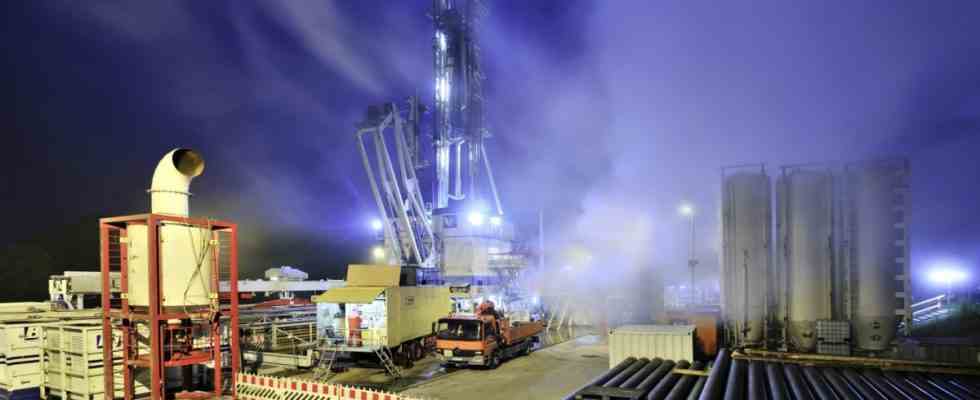The question that Hans-Jörg Birner asked himself at the very beginning sounds like a real luxury problem: where to go with all the renewable energy? Because in the surrounding villages there were all these photovoltaic panels on the house roofs and the biogas plants on the farms. Many have actually been around for quite a long time – so long that after 20 years one plant after the other would be withdrawn from funding. And without a guaranteed feed-in tariff, none of this seemed to be worthwhile anymore.
And then there’s geothermal energy: deep below Bavaria’s extreme south-east there is more than 100 degrees hot water. The companies can sell the electricity produced from this at a high price, but there are hardly any buyers for all the remaining geothermal heat when the villages often only have a few hundred inhabitants. Meanwhile, 31 smaller towns and communities are looking for answers to these questions together – and their joint “Regionalwerk Chiemgau-Rupertiwinkel” is already planning “district heating highways” into neighboring Salzburg.
The regional office is based in the small Kirchanschöring, the municipality in the district of Traunstein where CSU man Hans-Jörgbirner has been mayor for almost 15 years. The municipality has three and a half thousand inhabitants, from Bannmühle via Hipflham to Voglaich there are almost 50 districts spread over an area of at least 2500 hectares, of which two thirds are meadows and fields and a quarter forest. Of course, wanting to supply every wasteland with district heating is not possible, saysbirner. And right in the village there is already a private local heating network, to which a number of public buildings are also attached. But the regional workers in Kirchanschöring have long been thinking bigger.
By January 2021, 16 municipalities from four rural districts had been inspired by the idea of merging all the old photovoltaic and biogas systems into a centrally controlled “virtual power plant”, paying the owners a good feed-in price and the green electricity for sale in the region.
A further 15 communities were added at the beginning of this year, the area now extends from Marktl am Inn in the district of Altötting to Piding in the Berchtesgadener Land and Prutting just outside Rosenheim. Now there is a freeze on admissions, saysbirner, who is chairman of the board of directors at the regional work. Because for each new member, the existing members have to change the statutes.
Kirchanschöring’s mayor, Hans-Jörg Birner (CSU), is a driving force and is now also the chairman of the board of directors of the Chiemgau-Rupertiwinkel regional plant.
(Photo: private)
The municipalities have high hopes for their company, in which they all have equal rights: renewable energy anyway, but also security of supply and greater independence from the energy companies. “As municipalities, we mustn’t let that get out of hand,” saysbirner, and he could also say: not again. The far-reaching privatization of the electricity sector in Bavaria in the 1990s was a mistake from today’s perspective, also in the eyes of CSU member Birner.
Of course, the municipalities would also like to have the profits from the whole business in their own coffers and at best in the wallets of their citizens. So far, the Chiemgau-Rupertiwinkel regional plant has mainly received government funding, just 200,000 euros from the EU and 100,000 each from Bavaria and Austria. The money is intended to be used to track down possible large heat sources in the region, from some ongoing geothermal heat projects in Tengling and Palling, to biogas farmers, to larger companies that don’t know what to do with the waste heat from their production halls.
It will be a long time before lines are in place
However, it will be a long time before all of these possible suppliers are actually connected to one another via a network of district heating pipes. Because these lines would have to be long, from the 13,000-inhabitant town of Altötting in the north to Piding in the south it is almost 55 kilometers as the crow flies. It would be 15 from the geothermal site in Tengling to the small town of Laufen. In the long term, this pipeline network could also lead to neighboring Upper Austria and eventually end in the city of Salzburg, by far the largest potential customer far and wide. However, the regional plant roughly calculates costs of a few thousand euros for each individual meter of cable.
Some time ago, the Salzburger Stadtwerke left a geothermal project in Kirchanschöring and sold their shares to a Japanese company. In the meantime, the well has encountered high temperatures, but far too little water for production with the technology that has been tried and tested so far to be worthwhile.

